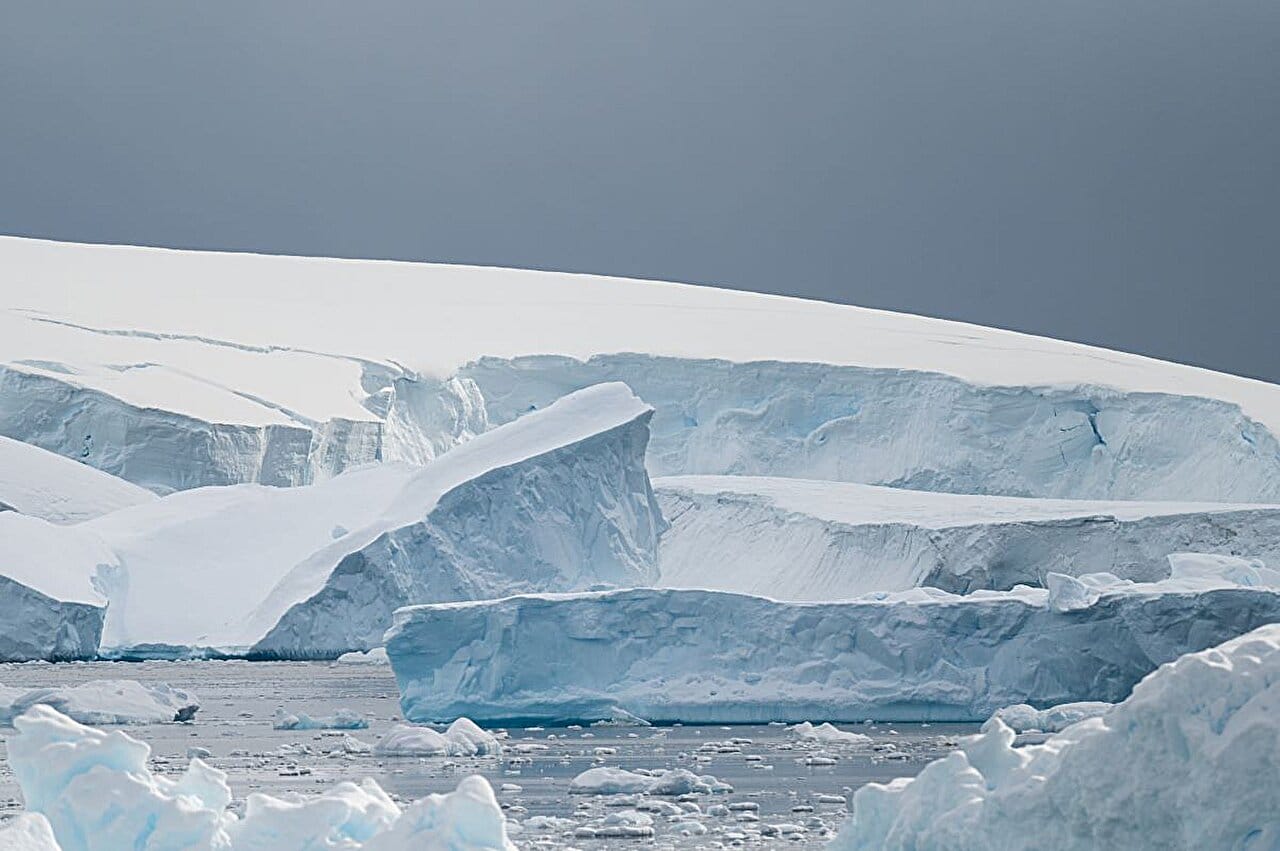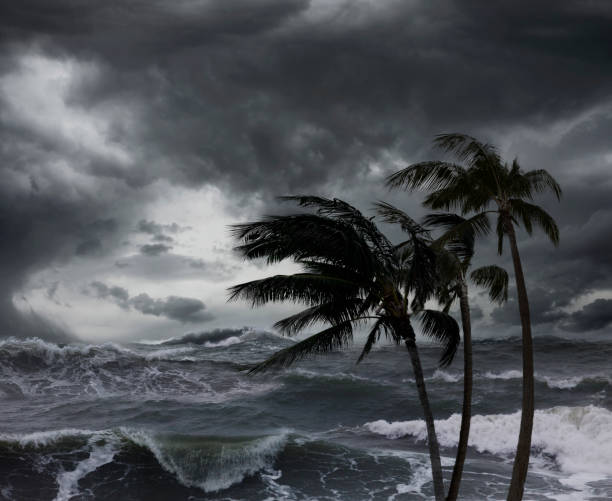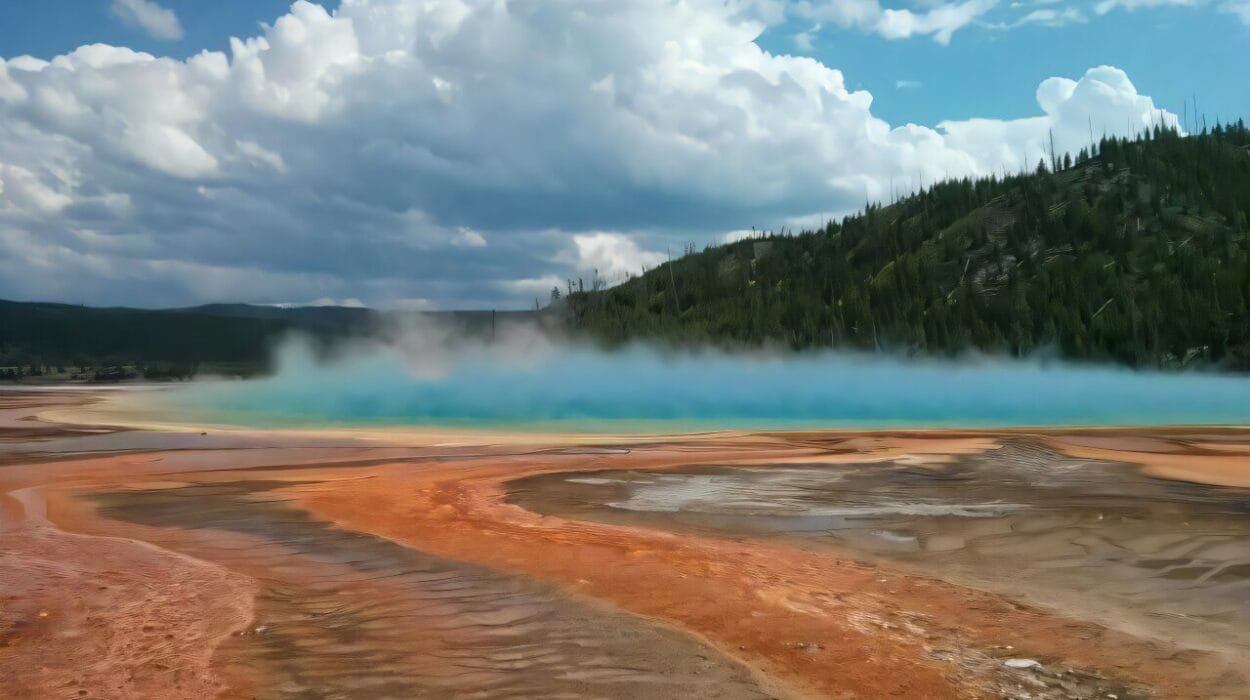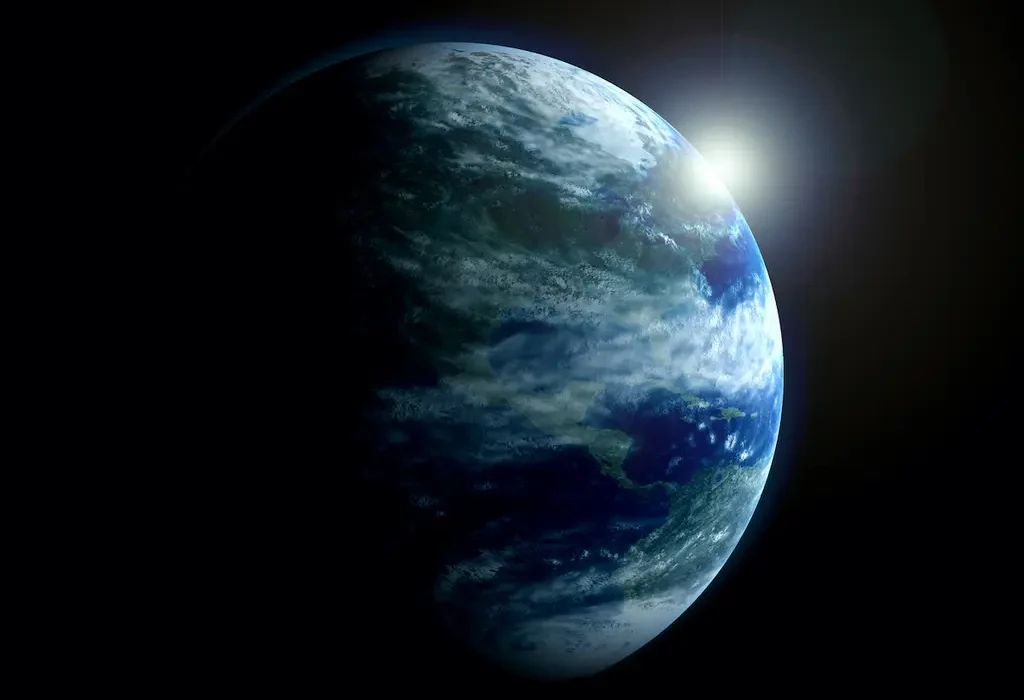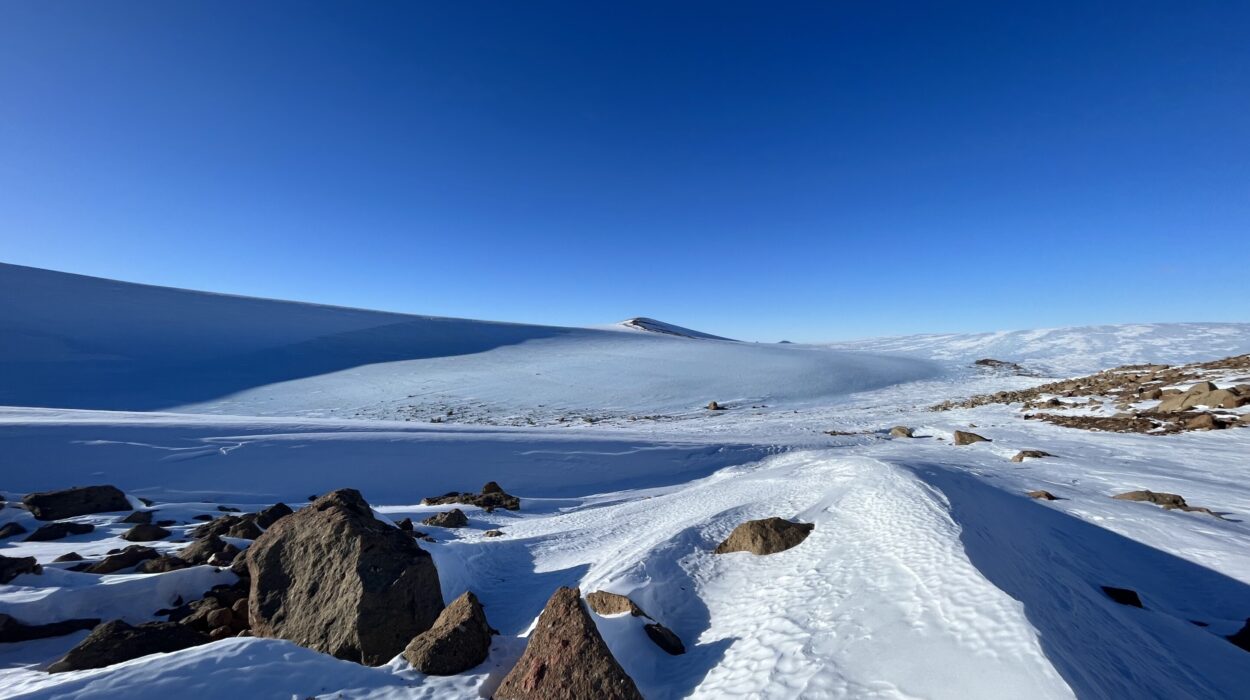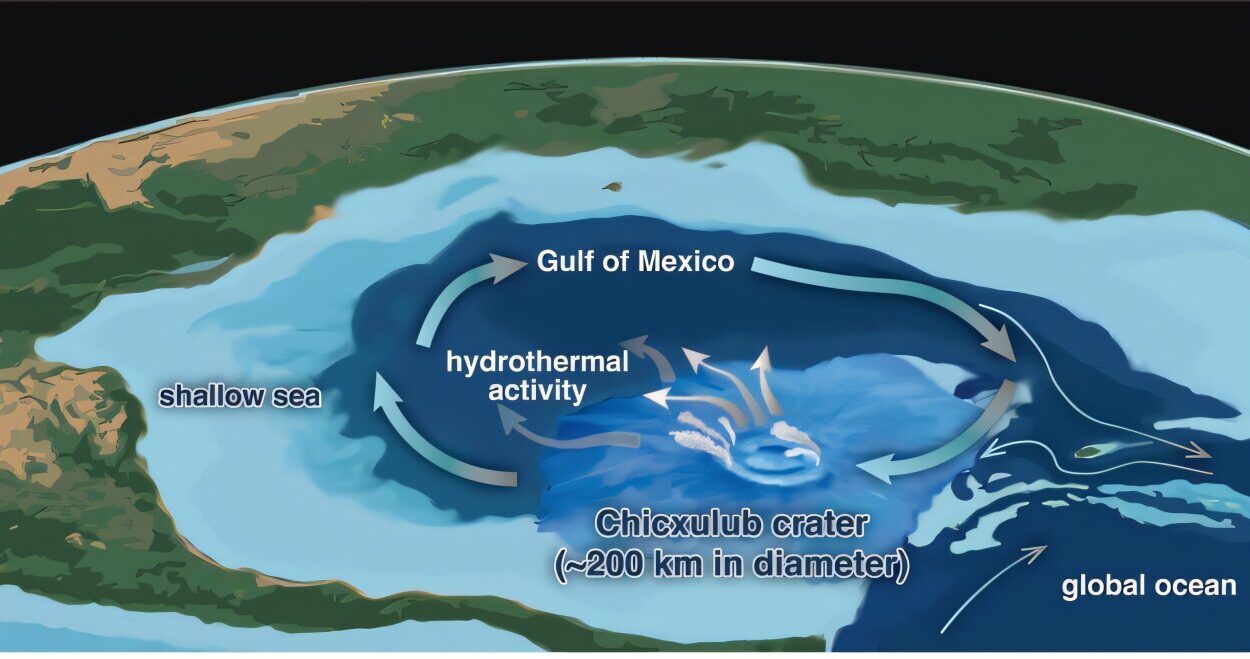Antarctica has long been seen as Earth’s last great wilderness — a pristine realm of ice, wind, and extraordinary wildlife, protected for decades by one of the most ambitious international agreements in history. But a new global assessment warns that this fragile peace could be shaken by a wave of emerging environmental and geopolitical threats, many of which originate far beyond its frozen shores.
The study, led by Securing Antarctica’s Environmental Future (SAEF) and published in Nature Ecology & Evolution, gathered insights from 131 experts across more than 40 countries. Their verdict is clear: the Antarctic Treaty System — the cornerstone of conservation and governance in the region — must evolve, and quickly, to keep pace with a rapidly changing planet.
Ten New Warnings from the Edge of the World
The report identifies ten emerging threats that could reshape Antarctica’s environmental future over the next decade. Some are rooted in climate science, such as the growing risk of extreme precipitation events — not only heavier snowfall, but also an increase in rainfall in areas long defined by ice. Others strike at the heart of Antarctic diplomacy, including the potential erosion of cooperation among Treaty nations and even the specter of militarization in a region once defined by peaceful scientific collaboration.
More speculative — yet no less troubling — are scenarios involving iceberg harvesting and agricultural expansion in Antarctic territories, ideas that once seemed implausible but are now edging closer to reality in some policy discussions.
Perhaps most striking, however, is the emergence of “global disruptions” as a formal category of threat. This encompasses pandemics, geopolitical conflicts, and other crises that, while originating far from the Southern Ocean, can undermine the delicate web of research, monitoring, and diplomacy that keeps Antarctic conservation functioning.
A System Under Strain
Dr. Zachary Carter, SAEF Research Fellow at the University of Adelaide and Queensland University of Technology, led the project and warns that many of these pressures reveal structural vulnerabilities in the Antarctic Treaty System itself.
“Our findings highlight a suite of new threats that reflect broader global social and environmental developments,” he said. “We are seeing how increasingly interconnected global systems are exerting influence on the region.”
The concern, Carter explains, is that the Treaty was designed to manage threats that arise within the Antarctic region itself. But in today’s interconnected world, the most dangerous challenges — from climate change to geopolitical instability — originate beyond the Treaty’s jurisdiction.
“This is particularly concerning given that many of the most serious emerging threats originate outside the region,” Carter noted. “The system as it stands risks becoming increasingly reactive, responding only after crises emerge, rather than preventing them.”
Lessons from a Decade of Change
The report replaces a landmark 2012 “horizon scan” of Antarctic conservation issues, offering the first comprehensive reassessment in more than a decade. The shift in focus is telling. A decade ago, most challenges centered on local ecological concerns — the impacts of tourism, fishing, and scientific stations. Today, global-scale disruptions dominate the list, showing how tightly Antarctica’s fate is bound to the rest of the world.
It is a sobering reminder that Antarctica is not isolated from the forces reshaping the planet. Melting ice affects ocean circulation, which in turn drives climate patterns across the globe. Ecosystem disruptions can ripple through migratory species, fisheries, and weather systems thousands of kilometers away.
The Call for Proactive Governance
Despite the scale of the challenge, the report is not without hope. Carter and his colleagues argue that the Antarctic Treaty already contains mechanisms that could be leveraged for stronger action — if parties act decisively.
“By strengthening cooperation and integrating new tools for anticipating global pressures, the Treaty System can be made more resilient,” Carter said. “This is an opportunity to rethink how we protect one of the world’s most globally significant environments before the consequences become irreversible.”
The path forward, he stresses, is proactive governance — anticipating threats before they materialize, building rapid-response capacity, and ensuring that scientific monitoring continues even in times of global disruption.
What Happens in Antarctica Doesn’t Stay in Antarctica
The report closes with a stark reminder: Antarctica’s health is inseparable from the health of the planet. It regulates Earth’s climate, drives ocean circulation, and supports a web of biodiversity that stretches far beyond the icy continent.
Every year of delay makes the task harder. Strengthening the Treaty now, while cooperation is still possible, could determine whether Antarctica remains a symbol of international peace and environmental stewardship — or becomes another casualty of a world slow to act.
“Antarctica is not just a remote wilderness,” Carter said. “What happens there will shape the future of every ocean, every climate system, and ultimately, every one of us.”
More information: Emerging threats to Antarctic conservation, Nature Ecology and Evolution (2025). DOI: 10.1038/s41559-025-02814-4
